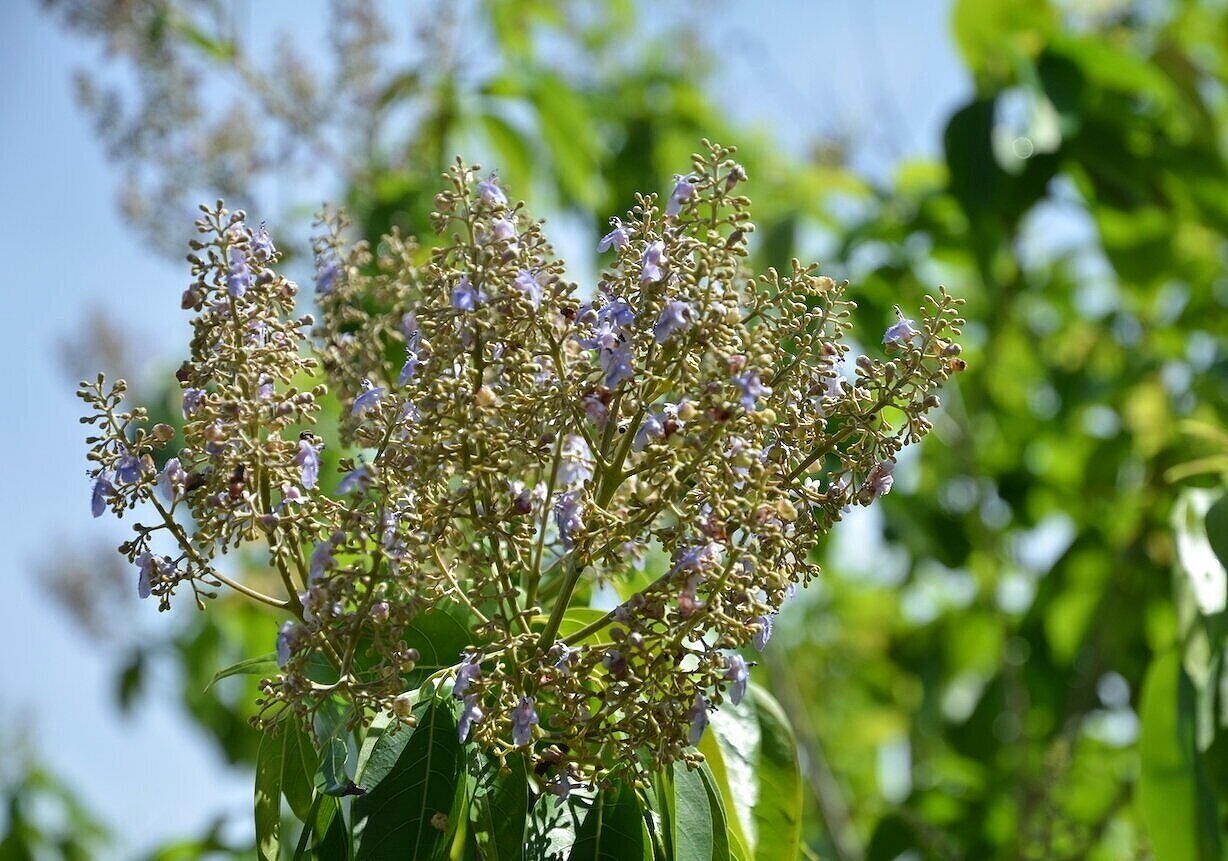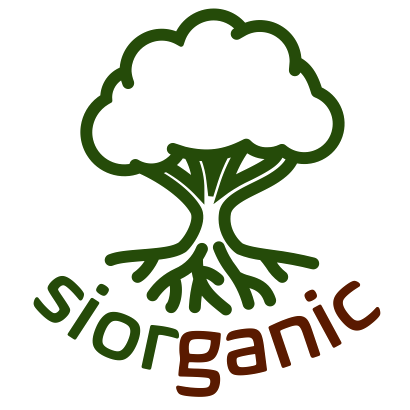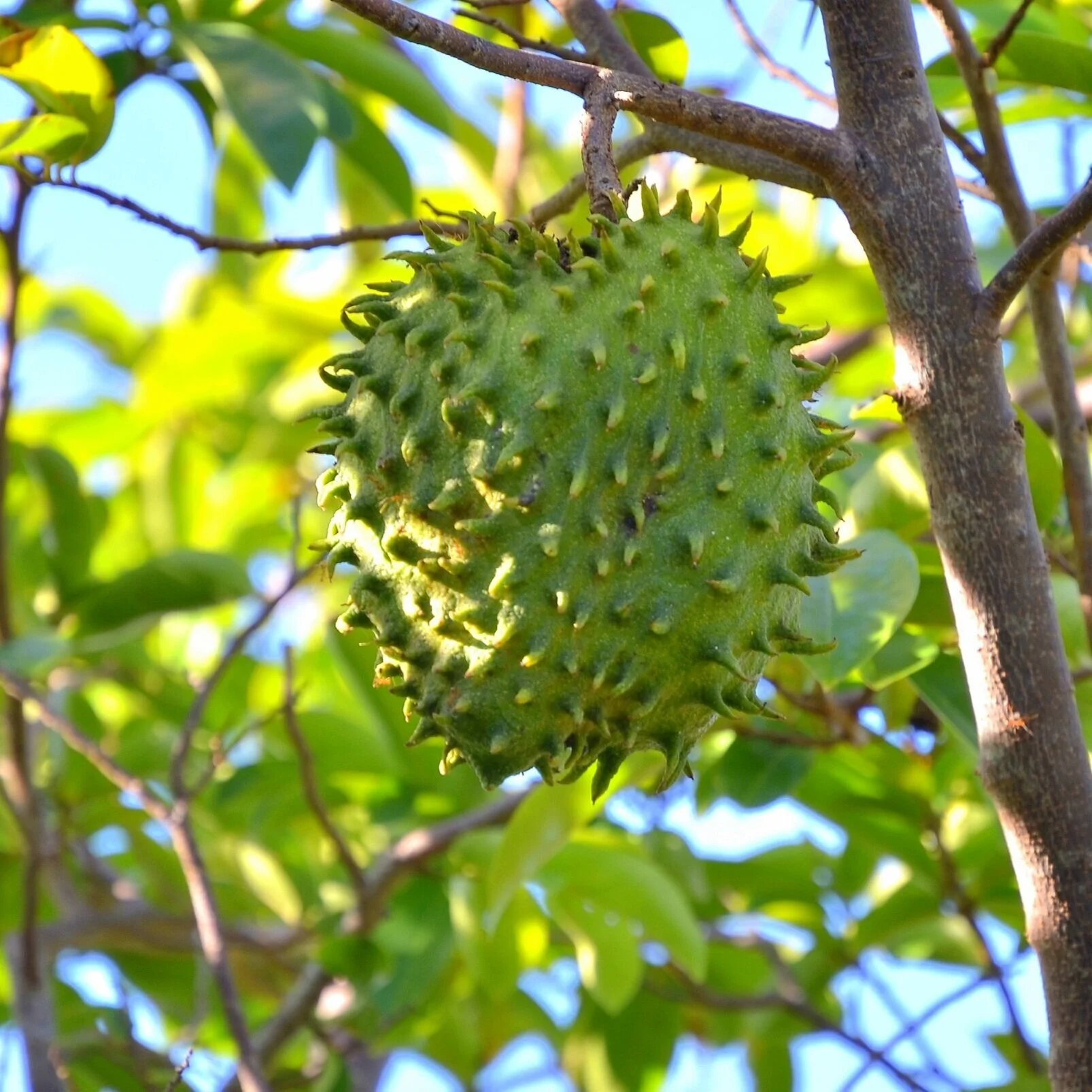
Tugas Tree Farm
On this 4 hectares farm we have planted tugas (Vitex parviflora), langin (Micromelum caudatum), narra (Pterocarpus indicus), teak and other local hardwood trees, mixed with coconut and fruits. The hilly portions are being left for natural forest regeneration and wildlife habitat.
According to legend Siquijor’s nickname “Isla de Fuegos” (island of fire) came from the glow of fireflies around tugas/molave trees that the Spaniards saw when they first arrived in 1565. And the island’s precolonial name ‘Katugasan” supposedly came from the many tugas trees that once upon a time covered the island.
Tugas is classified as endangered. It grows well on these limestone soils, but has largely disappeared as the wood is valuable and the leaves make good cattle feed. We obtained seedlings from the local Department of Environment and Natural Resources some years ago during their reforestation campaign.
Young tugas (molave) tree
Trying out cacao
Growing guyabano (soursop)

“…No more gmelina and mahogany…”
We initially planted gmelina and mahogany, not realising that these exotic trees spread aggressively, can outcompete native trees and impact the ecosystem adversely. We will gradually replace them with native species. Native species that fit the ecosystem should perhaps always - as a rule of thumb - be considered first…
Came across this beautiful, giant tugas on Siquijor Island




